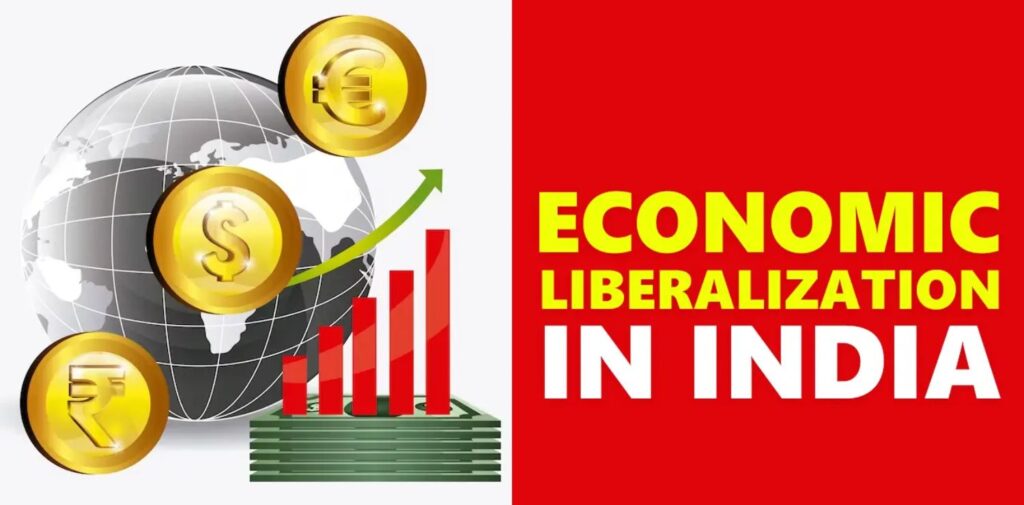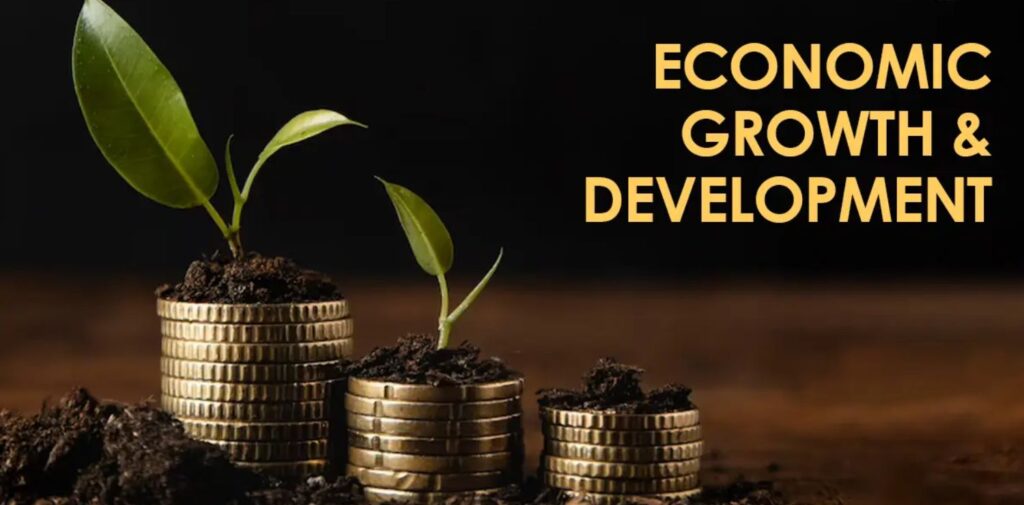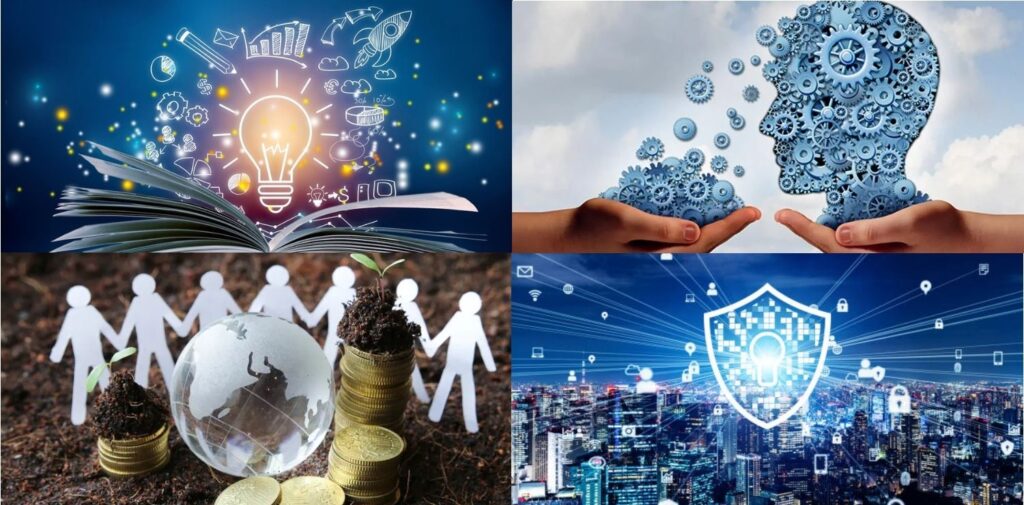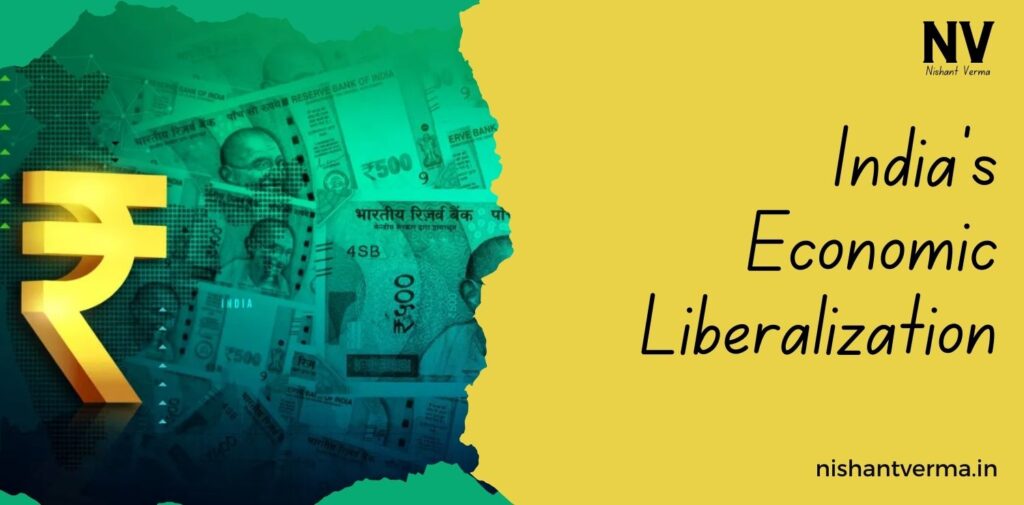In 1991, India underwent a major transformation in its economy. Before this, the country followed a very controlled and regulated economic model. However, challenges like high inflation, stagnant growth, and a balance of payments crisis forced the government to rethink its approach. The introduction of economic liberalization marked a turning point in India’s economic journey. This article explores the impact and outcomes of India’s economic liberalization since 1991, focusing on how it has changed the country’s economy, society, and global standing.
What is Economic Liberalization?
Economic liberalization refers to the process of reducing government restrictions, allowing for a more open and free-market economy. This means less control over businesses, more foreign investment, and increased trade. In India, this shift was characterized by several key reforms:
- Reduction of Tariffs and Trade Barriers: The government lowered import duties, making it easier for foreign goods to enter the Indian market.
- Privatization of State-Owned Enterprises: Many government-run businesses were sold to private companies, aiming to improve efficiency and profitability.
- Encouragement of Foreign Direct Investment (FDI): Policies were created to attract foreign companies to invest in India, leading to job creation and technology transfer.
- Financial Sector Reforms: The banking system was modernized, and capital markets were opened up, promoting more investment and savings.

Economic Growth and Development
One of the most significant outcomes of liberalization has been robust economic growth. Since 1991, India’s GDP has grown at an average rate of around 6-8% per year. This growth has lifted millions of people out of poverty and has led to a burgeoning middle class.
- Job Creation: With liberalization came the expansion of various industries, particularly in technology, services, and manufacturing. As foreign companies set up operations in India, new jobs were created. The IT sector, for instance, transformed India into a global hub for software services. Cities like Bangalore became known as “Silicon Valley of India,” attracting talent and investment.
- Rise of Entrepreneurship: Economic liberalization also fostered a culture of entrepreneurship. With reduced regulations and easier access to capital, many individuals started their own businesses. The startup ecosystem in India has exploded in recent years, with thousands of new companies emerging in technology, e-commerce, and other sectors. This entrepreneurial spirit has not only contributed to economic growth but has also made India one of the fastest-growing startup ecosystems in the world.

Changes in Consumer Choices
As the economy opened up, consumers gained access to a wider variety of products and services. Before liberalization, choices were limited, and many goods were of low quality. Today, Indian consumers can enjoy everything from international brands to locally made products. The rise of supermarkets and e-commerce has also changed shopping habits, making it more convenient for people to buy what they want.
- Improved Quality of Life: With economic growth and increased consumer choice, the quality of life for many Indians has improved. Access to better healthcare, education, and housing has become more common. For example, many families can now afford private schooling and healthcare, which has led to better outcomes in education and health.
Social Impact
While economic liberalization has brought numerous benefits, it has also led to some challenges. The rapid changes in the economy have had social implications that cannot be ignored.
- Income Inequality: One of the most pressing issues has been rising income inequality. While many have benefited from economic growth, others have been left behind. Rural areas, in particular, have not seen the same level of development as urban centers. This divide has sparked discussions about social justice and the need for inclusive growth that benefits everyone, regardless of their background.
- Urbanization: Liberalization has accelerated urbanization, with millions migrating from rural areas to cities in search of better opportunities. This has led to the growth of urban centers but has also resulted in challenges such as overcrowding, pollution, and inadequate infrastructure. Cities are struggling to keep up with the demands of their growing populations, leading to issues like traffic congestion and inadequate public services.
Global Standing of India
Economic liberalization has also transformed India’s position in the global economy. Once seen as a largely agrarian economy, India is now considered one of the major emerging markets in the world. The country is an important player in international trade and has attracted significant foreign investment.
- Membership in Global Organizations: India’s economic reforms have facilitated its entry into various international organizations. For instance, India has become a key member of groups like the G20, BRICS, and WTO. These memberships have not only enhanced India’s global standing but have also provided opportunities for trade and collaboration with other countries.
- Attracting Foreign Investment: With liberalization, India has become an attractive destination for foreign investors. Companies from all over the world, including tech giants, automobile manufacturers, and retail chains, have invested in India. This influx of foreign capital has led to technology transfer, knowledge sharing, and job creation, further boosting the economy.
Challenges and Criticisms
Despite the positive outcomes of economic liberalization, there are challenges and criticisms that need to be addressed.
- Unemployment Concerns: While liberalization has created many jobs, it has also led to job losses in certain sectors, particularly those that were unable to compete with international firms. Traditional industries have struggled, leading to concerns about unemployment and the need for retraining workers.
- Environmental Issues: The rapid economic growth has come at a cost to the environment. Increased industrial activity has led to pollution, deforestation, and depletion of natural resources. Sustainable development has become a pressing issue, with calls for policies that balance economic growth with environmental protection.
- Political Resistance: Economic reforms have sometimes faced political resistance. Many politicians argue that the benefits of liberalization are not reaching the poorest sections of society. This has led to demands for more inclusive policies that address the needs of all citizens.

The Way Forward
As India continues to grow, it is essential to build on the successes of economic liberalization while addressing its challenges. Policymakers must focus on inclusive growth that benefits all citizens, especially the marginalized and disadvantaged.
- Education and Skill Development: Investing in education and skill development is crucial for preparing the workforce for the demands of a modern economy. This means improving access to quality education and vocational training to equip individuals with the skills needed for emerging industries.
- Sustainable Development: Balancing economic growth with environmental sustainability should be a priority. Policymakers need to implement regulations that protect the environment while promoting industrial growth. Sustainable practices can lead to long-term benefits for both the economy and the planet.
- Strengthening Social Safety Nets: To address rising income inequality and unemployment concerns, India must strengthen its social safety nets. This includes programs that support those who are vulnerable, ensuring that the benefits of growth are shared more equitably.
Conclusion: India economic liberalization
India economic liberalization since 1991 has led to remarkable changes in the country’s economy and society. It has spurred growth, created jobs, and improved living standards for many. However, it has also brought challenges that need to be addressed to ensure inclusive and sustainable development. As India moves forward, it will be crucial to build on the achievements of the past while creating a more equitable and sustainable future for all its citizens. The journey of economic liberalization is ongoing, and its impact will continue to shape India for years to come.




